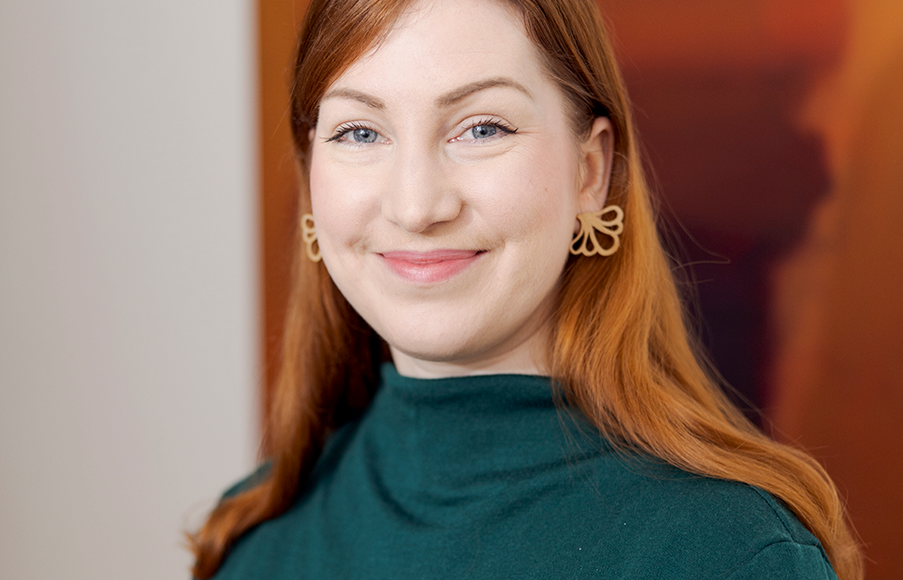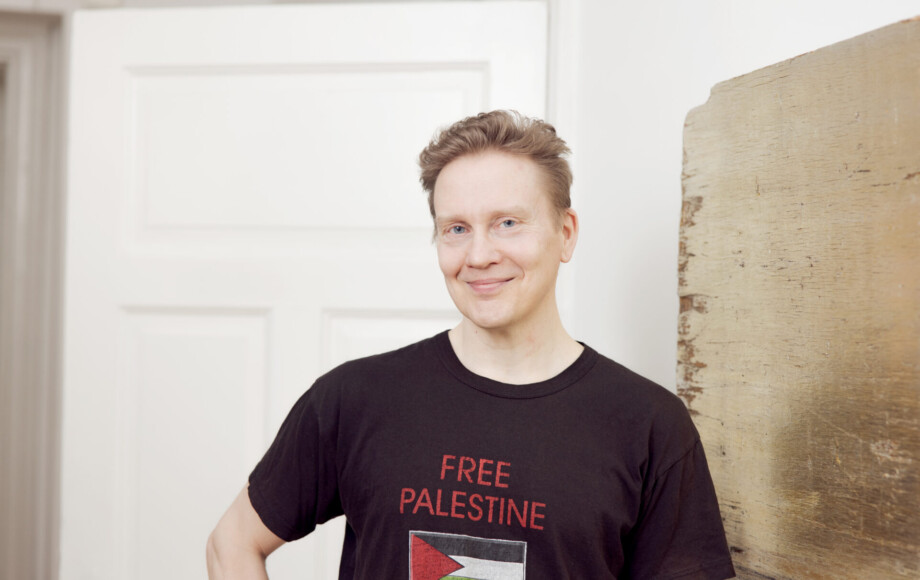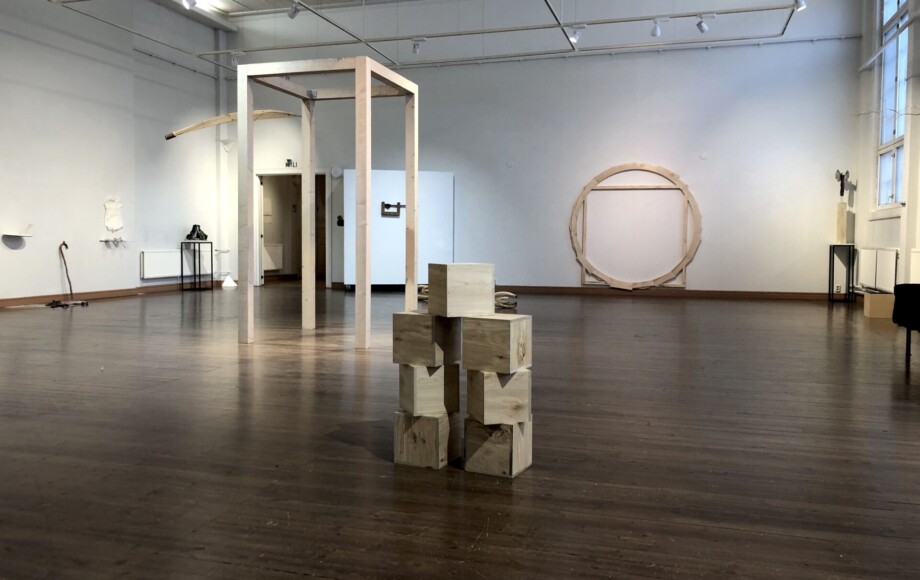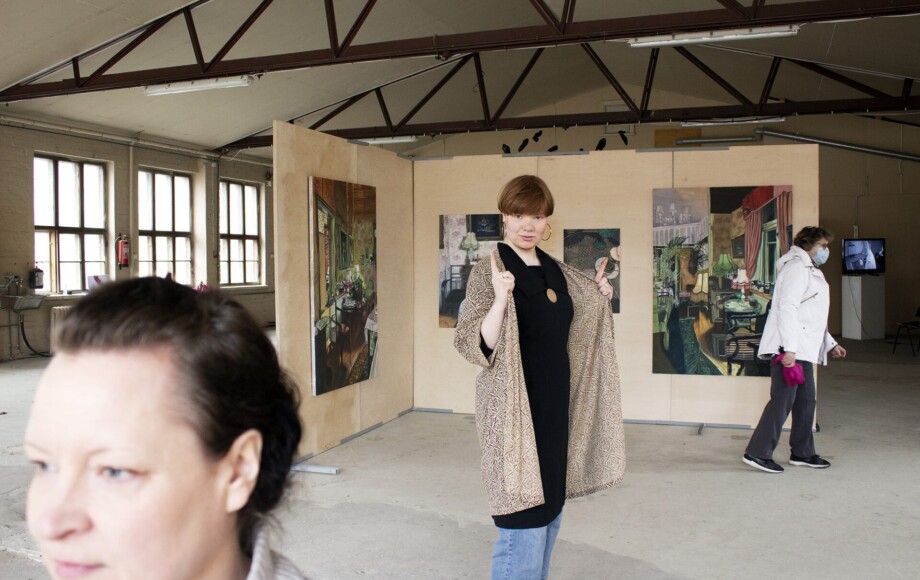Ceyda Berk-Söderblom: Time for a virus of solidarity!
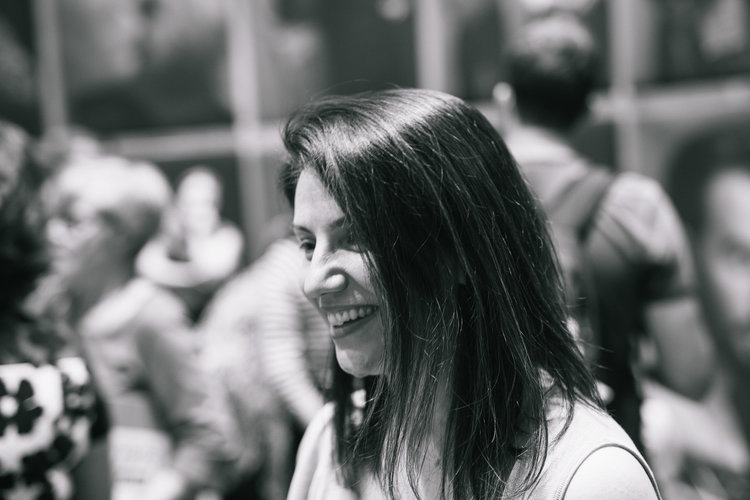
Prior to the upcoming municipal elections in June, Taiteilija-lehti publishes a series of columns by actors in the arts and culture sector. The series is launched by Ceyda Berk-Söderblom, a cultural entrepreneur, manager, curator and the chairperson of Globe Art Point.
In one of his articles reading the Covid-19 situation, cultural philosopher Slavoj Žižek says: “But maybe another – and much more beneficial – ideological virus will spread and hopefully infect us: the virus of thinking about an alternate society, a society beyond nation-state, a society that actualizes itself in the forms of global solidarity and cooperation.”
Since the beginning of the coronavirus epidemic in March 2020; arts and cultural organisations of all kinds, individual artists, and cultural professionals have experienced tremendous financial hardships. However, there is substantial evidence that foreign-born art makers have taken the greatest hit. Galleries, performance spaces, and community spaces that champion immigrant creators’ work have indefinitely gone dark due to the inefficiency of the available financial aid structures. In comparison to the effects native-born artmakers have had to face, the negative effects of the epidemic faced by foreign-born art professionals have been aggravated by existent vulnerabilities from pre-corona times. At the top of these preexisting weaknesses are common discrimination practices; linguistic barriers; a lack of permanent jobs, funding, networks; and the absence of a structural support system.
At the time of writing, our organisation, Globe Art Point – an independent umbrella association for and by foreign-born artists and cultural professionals; an advocate of diversity, equity and inclusion in the Finnish art scene – is also trying to survive these precarious conditions.
The art makers have been and should always remain at the forefront of helping society navigate through uncertain times, stimulate change and set new norms.
Based on the Finnish Centre for Pensions calculations, the country has to roughly double its yearly net migration and include all working-age immigrants into the active workforce to secure its welfare status for the future. It is fully evident that Finnish society’s economic sustainability depends on work-based immigration and that this dependency will only increase with time. Thus, the state is actively investing its resources to attract international knowledge workers who would choose this country as their second home. Nevertheless, almost daily, the mainstream media feeds us ill-narratives of populist politicians that view immigrants as unwanted burdens rather than the strengths they are; and the public opinion on the positive impact of immigrants is severely divided.
As artmakers, what can we do about this? Art doesn’t just reflect the world; it engages with it. The art makers have been and should always remain at the forefront of helping society navigate through uncertain times, stimulate change and set new norms. How are we going to survive and co-exist together? While the ‘new normal’ has become a popular phrase in relation to Covid-19, we should first redefine “normal” from a position of radical inclusion by spelling out a new meaning to the word “us”.
At this stage, it is crucial to question who is actively being invited to contribute to the contemporary narrative of Finnish art. I believe that the transformation should start from the cities we live in. The creative, smart cities have become more assertive and, in return, effectively leveraged the economic creativity of their residents. We all know that the influential cities and global artistic capitals are the places where immigrant artists and cultural professionals, who are a powerful, growing force of cultural vibrancy, re-energise and sharpen the cities’ creative edge. Municipalities and policymakers should invest in cultural vitality and take an active, decisive role in enabling such an ecosystem. How? By taking actions to harness the creative potential and implementing efficient public policies, with flexibility and adaptability that allows radical inclusivity at the centre. By gatekeeping the ‘mainstream’ arts scene without the proper representation of people with diverse backgrounds, perspectives, and skills, we only reinforce that people who don’t conform to the art scene’s non-diverse demographics will remain outsiders without having any chance to actualise themselves.
Municipalities and policymakers should invest in cultural vitality and take an active, decisive role in enabling such an ecosystem.
At this point, I would like to come back to the “ideological virus” that Žižek describes; a virus of “solidarity” whose infection he wants. I, too, hope this shared pandemic experience will fertilize new grounds where awareness, compassion and empathy flourish; because only on those grounds we can rebuild the Finnish art scene as a truly inclusive ecosystem that operates with an excellent sense of equity and equality for all.
—
Ceyda Berk-Söderblom, based in Helsinki, is an independent cultural entrepreneur, manager, curator and festival programmer with 20 years of professional experience. She is the Founder and Artistic Director of MiklagårdArts, a facilitator and connector for promoting transnational collaborations between Finland and the dynamic art scenes worldwide. She engages in public advocacy for diversity equity and inclusion within the Finnish art scene and is the chairperson of Globe Art Point. In 2020, she worked as an expert member of a working group on cultural policy, immigration and cultural diversity appointed by the Finnish Ministry of Education and Culture to prepare proposals for cultural policy guidelines and the report of Art, Culture, and Diverse Finland.
Globe Art Point (G.A.P) is an independent umbrella association; founded by and for foreign-born artists and cultural professionals living and working in Finland. G.A.P advocates for diversity, equity, and inclusion and works to influence arts and cultural institutions’ policies and actions to ensure that foreign-born art makers are acknowledged and their untapped potential is utilised.
